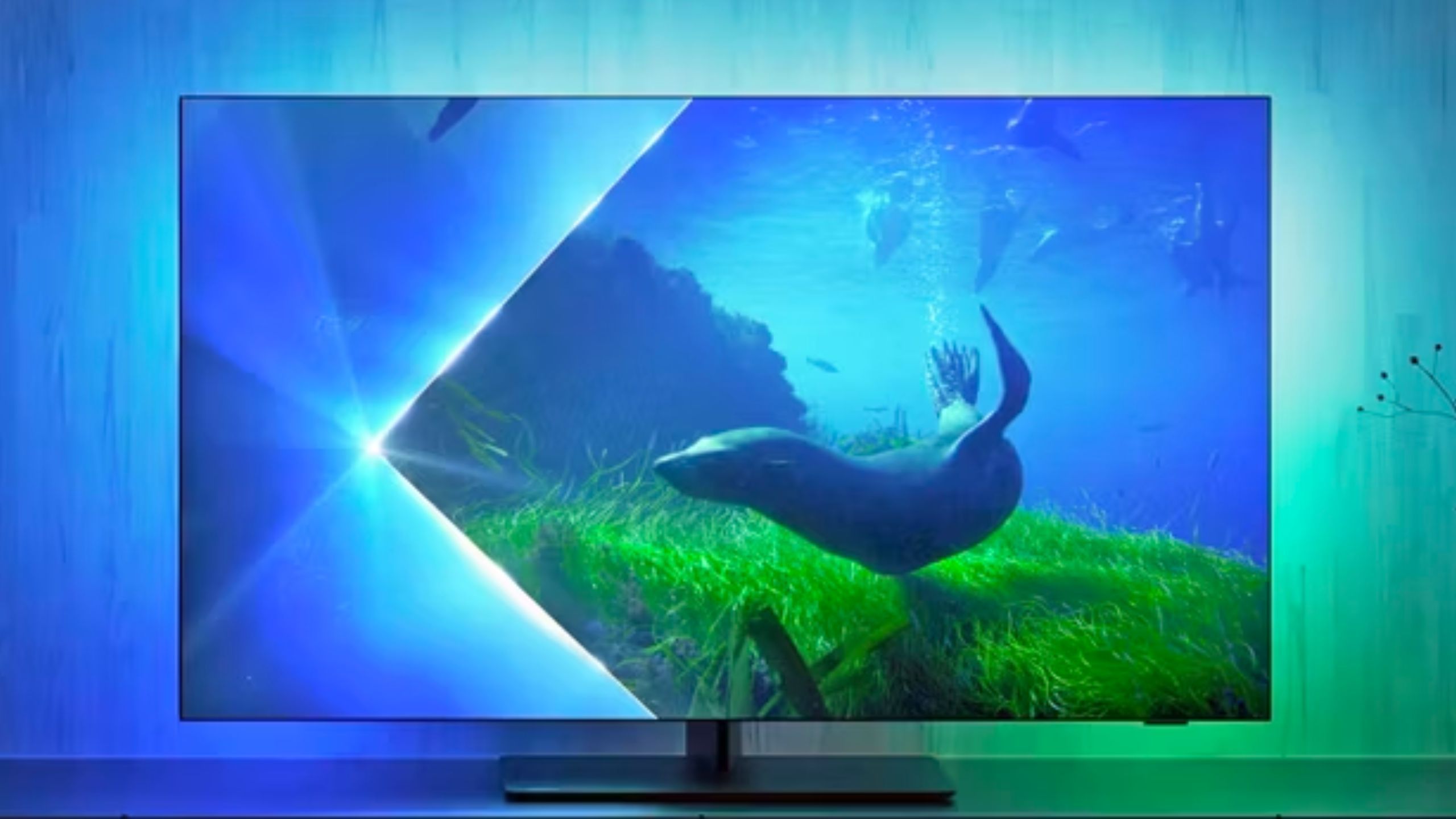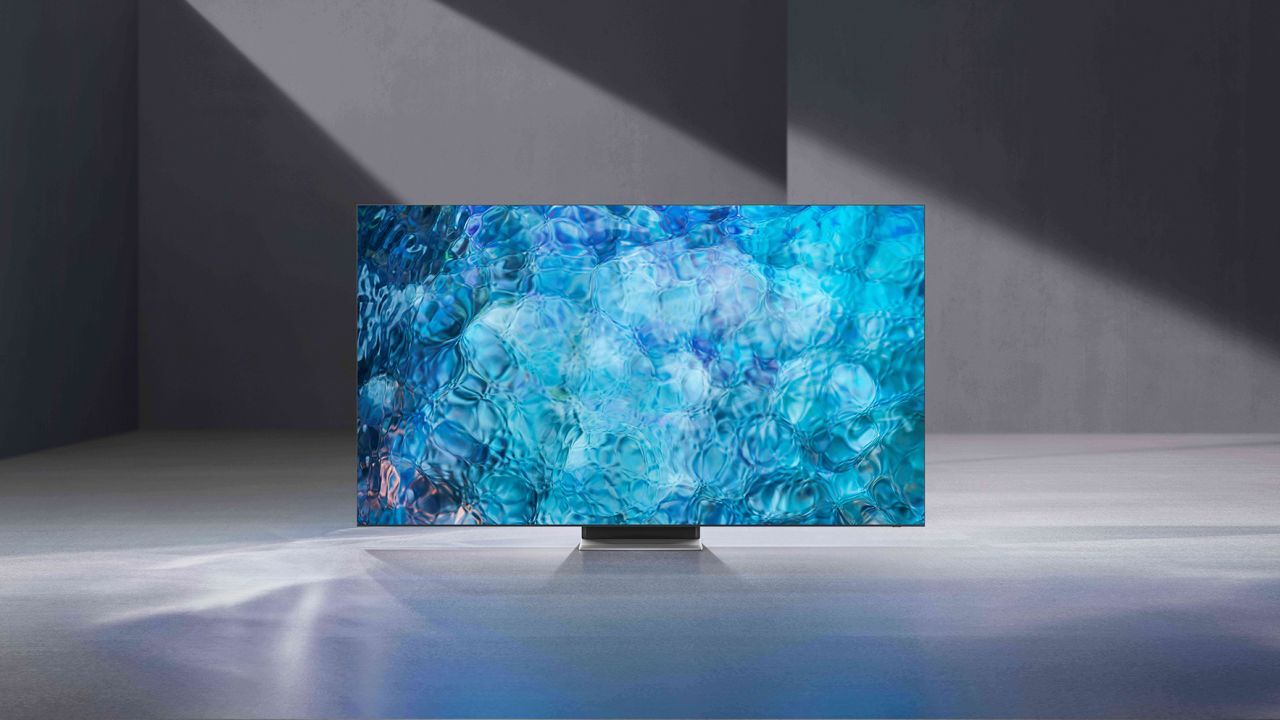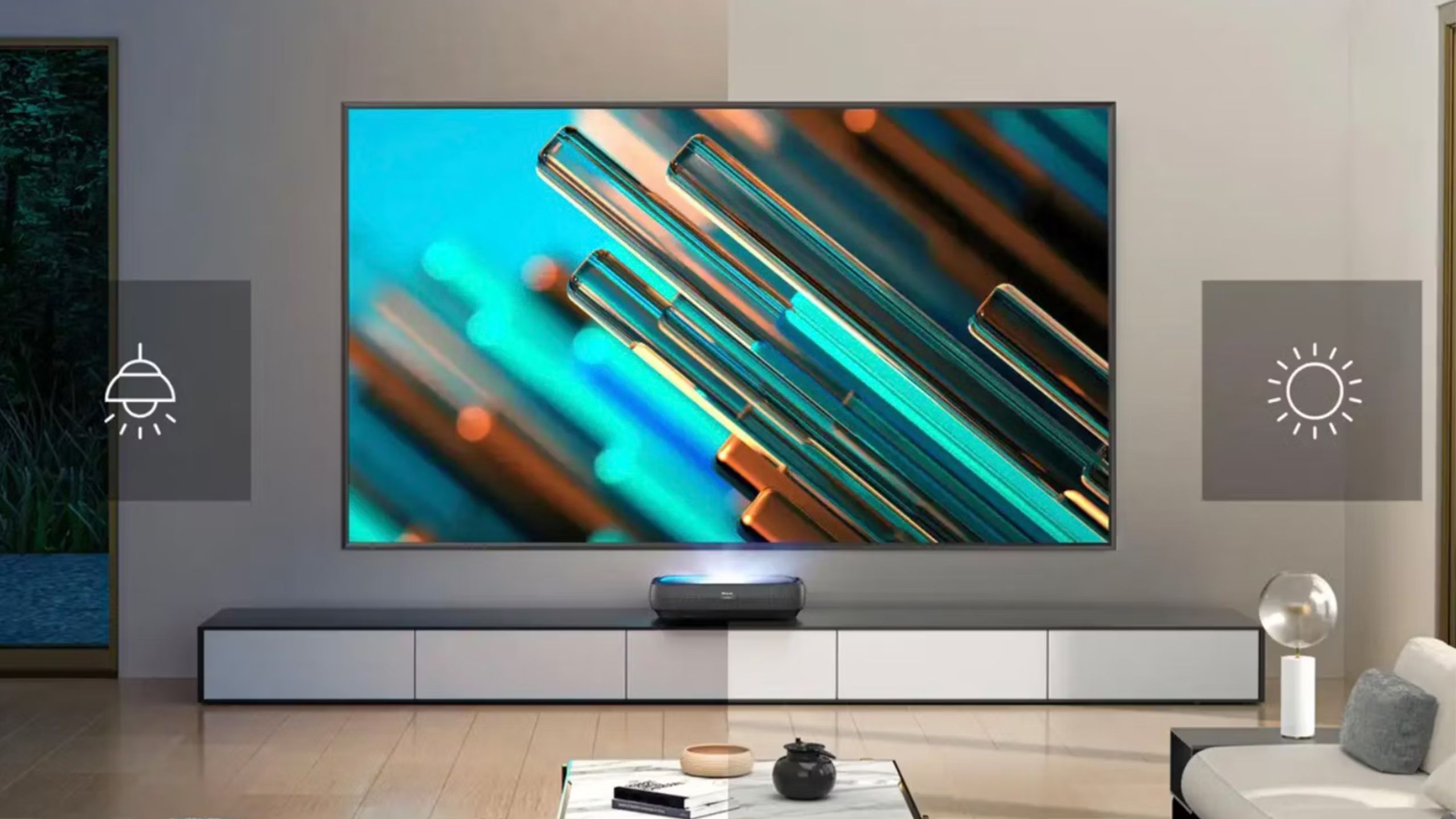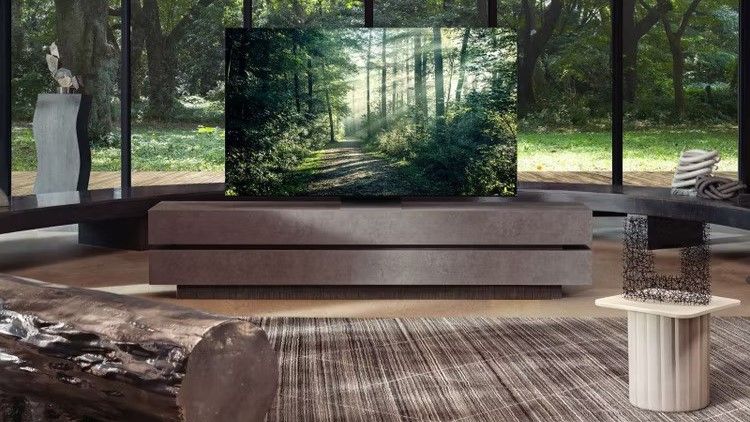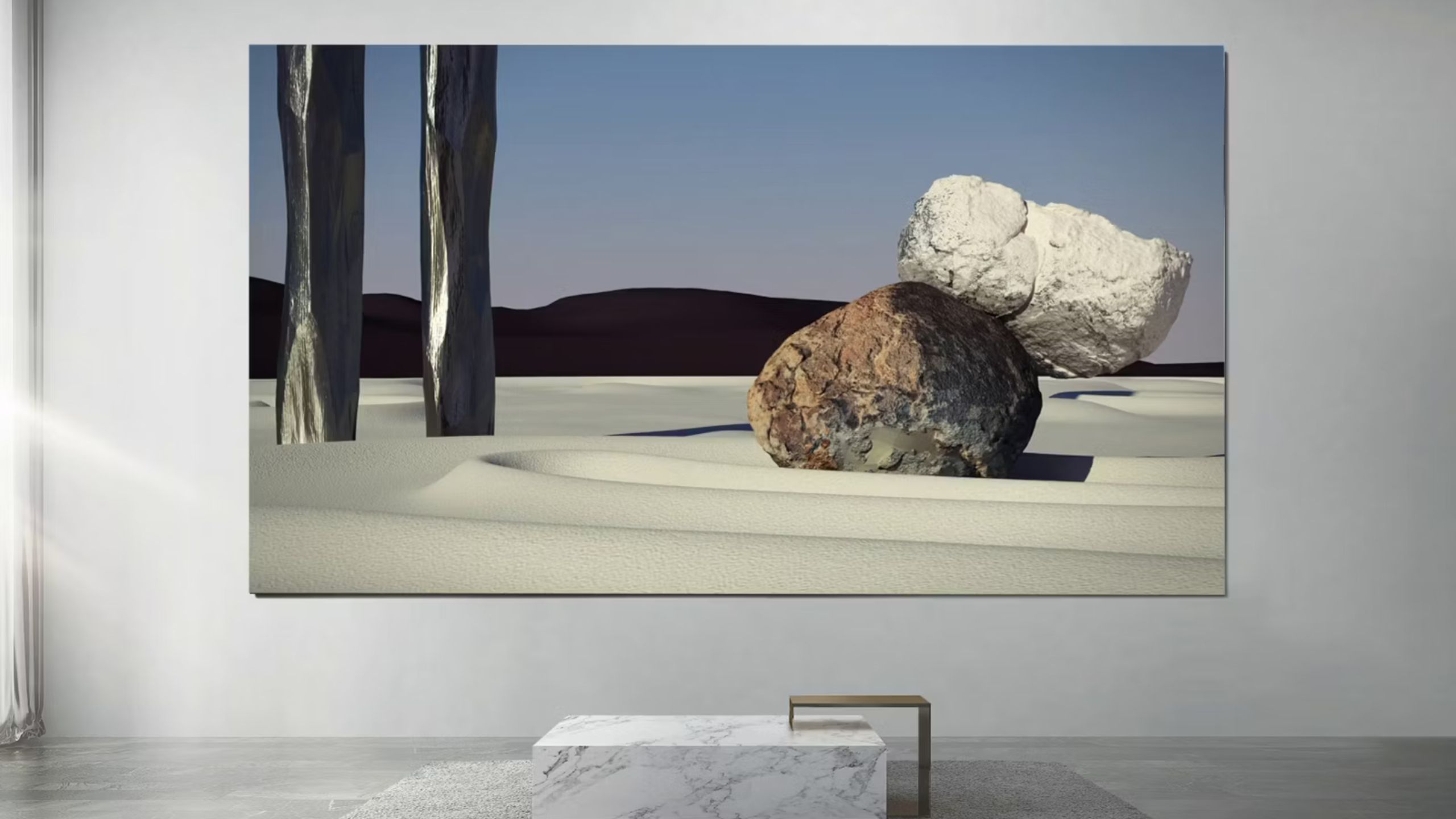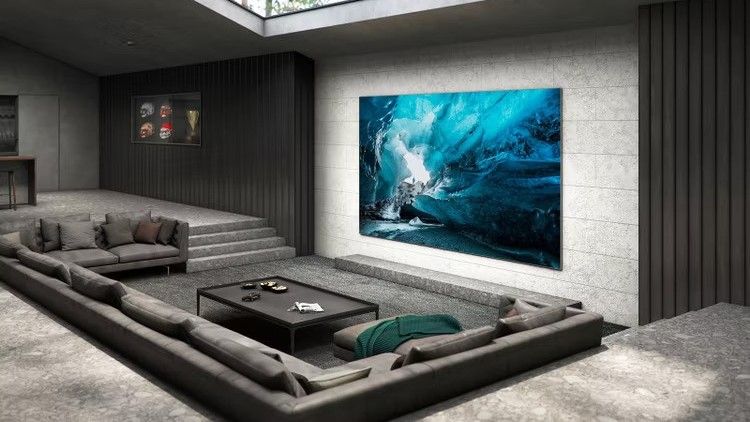Key Takeaways
- OLED TVs: Self-illuminating pixels allow absolute black levels and contrast. Great color and slim design.
- QD-OLED TVs: Brighter than OLED, better colors too, but pricier, and uses blue light with quantum dots.
- Mini LED TVs: Budget-friendly with precise backlighting and better black levels. Not as advanced as OLED/MicroLED.
If you’re shopping for a new TV in 2024, you can expect to see buzzwords like OLED TVs, QD-OLED TVs, Mini LED TVs, and even MicroLED TVs.
If you’re wondering what differentiates between the technologies, read below as we break down the basics, pros, and unique characteristics to help you make sense of it all.
QLED vs OLED TVs: What’s the real difference and what does it even mean?
TV shopping is fun, but jargon heavy. We break down the differences between QLED and OLED technology, how they work, and which type is better for you.
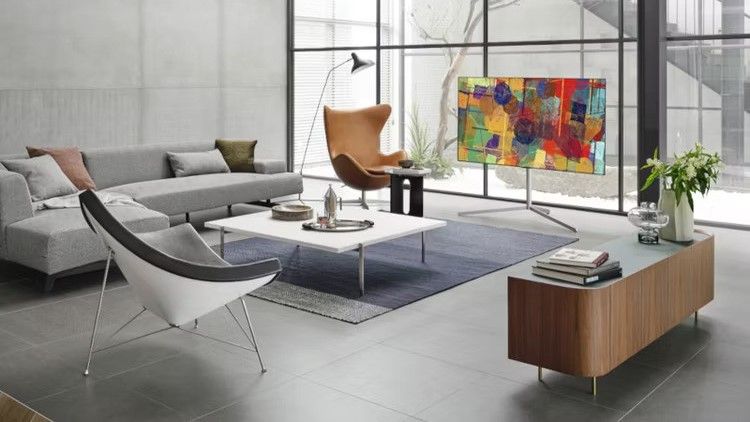 OLED TV: What to know
OLED TV: What to know
Great color saturation and a super slim design
Organic Light-Emitting Diode technology — better known as OLED — has been around for the best part of a decade and is used in TVs, as well as phones and other small-screen, portable devices.
OLED is a much simpler setup than traditional LCD, thanks to a carbon-based organic compound that produces light upon an electrical current passing through.
OLED is a much simpler setup than traditional LCD, thanks to a carbon-based organic compound, which produces light when an electrical current is passed through it. This means that each of the millions of pixels in an OLED is self-illuminating and can be switched on or off individually, ensuring zero light bleed from neighboring pixels. Indeed, as they can be completely switched off, black levels are absolute, and the contrast is great.
Phillips
OLED TV Advantages
Getting brighter by the day
OLED TVs are also known for excellent color saturation and accuracy, although brightness doesn’t tend to run as high as top-end LED TVs. That’s because the harder you drive the TV to be brighter, the shorter the lifespan of the organic compound, plus the increased risk of so-called “burn-in.” More recent OLED TVs are finding ways around that though, like including heat sinks in their panels to drive them harder while keeping them cool, as well as bringing in new tech to help them too — like Micro Lens Array.
This involves a layer of tiny lenses sitting on top of the OLED pixels, which better focuses the light being emitted towards the viewer. Consequently, the TV doesn’t have to work any harder to create figures like 2000 nits of peak brightness.
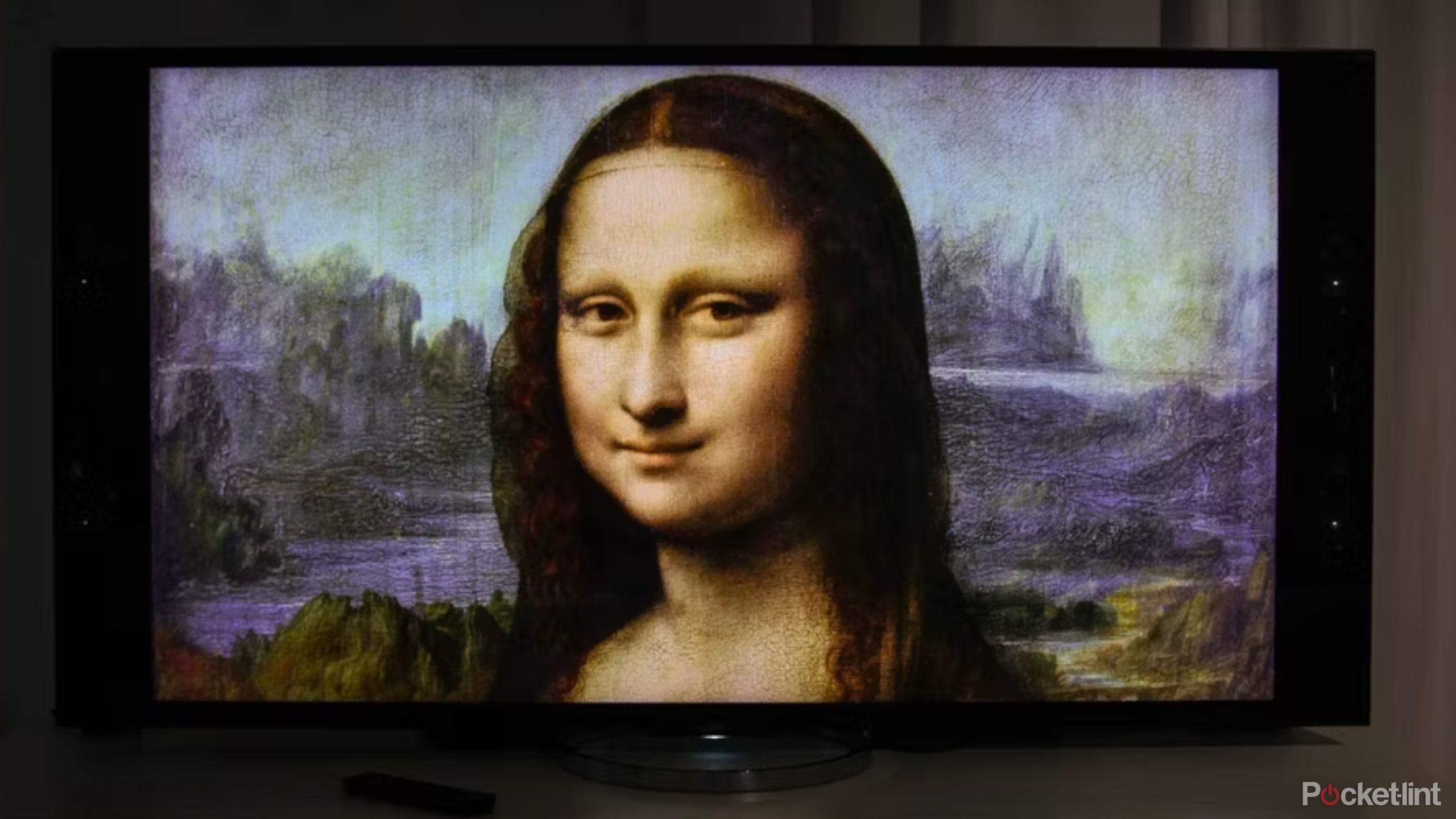
3 reasons to buy a Sony TV over a Samsung TV
I was a Samsung faithful, but Sony’s latest innovations have me second guessing.
Power consumption also benefits from the lack of a backlight, as does an OLED TV’s depth, since the simpler internals allow the panel to be just millimeters thick. However, you do need some space for connections and speakers, so they’re rarely that slim all the way down.
Some OLED TVs have separate media connection boxes to get around this, which enables the panel to sit flush with a wall.
Something to be aware of with OLED display technology is that, as it is organic, its lifespan is less than rivals’. Pixel effectiveness can fade, and a set can look less bright or vibrant over time. However, it takes many years.
Perhaps more important to note is that OLED is similar to the old plasma TV technology in screen retention. In the worst scenario, you could even experience permanent screen burn, although TV manufacturers have introduced several measures to help prevent that from occurring in more recent models.
Samsung
QD-OLED TVs: What to know
Brighter than traditional OLED and better color volume
QD-OLED is a new take on OLED, developed by Samsung and used in its OLED range, and also in Sony’s new flagship. The name derives from the Quantum Dot technology Samsung uses in its QLED range, with an adapted OLED approach. The idea? It brings the strengths of both to one single screen.
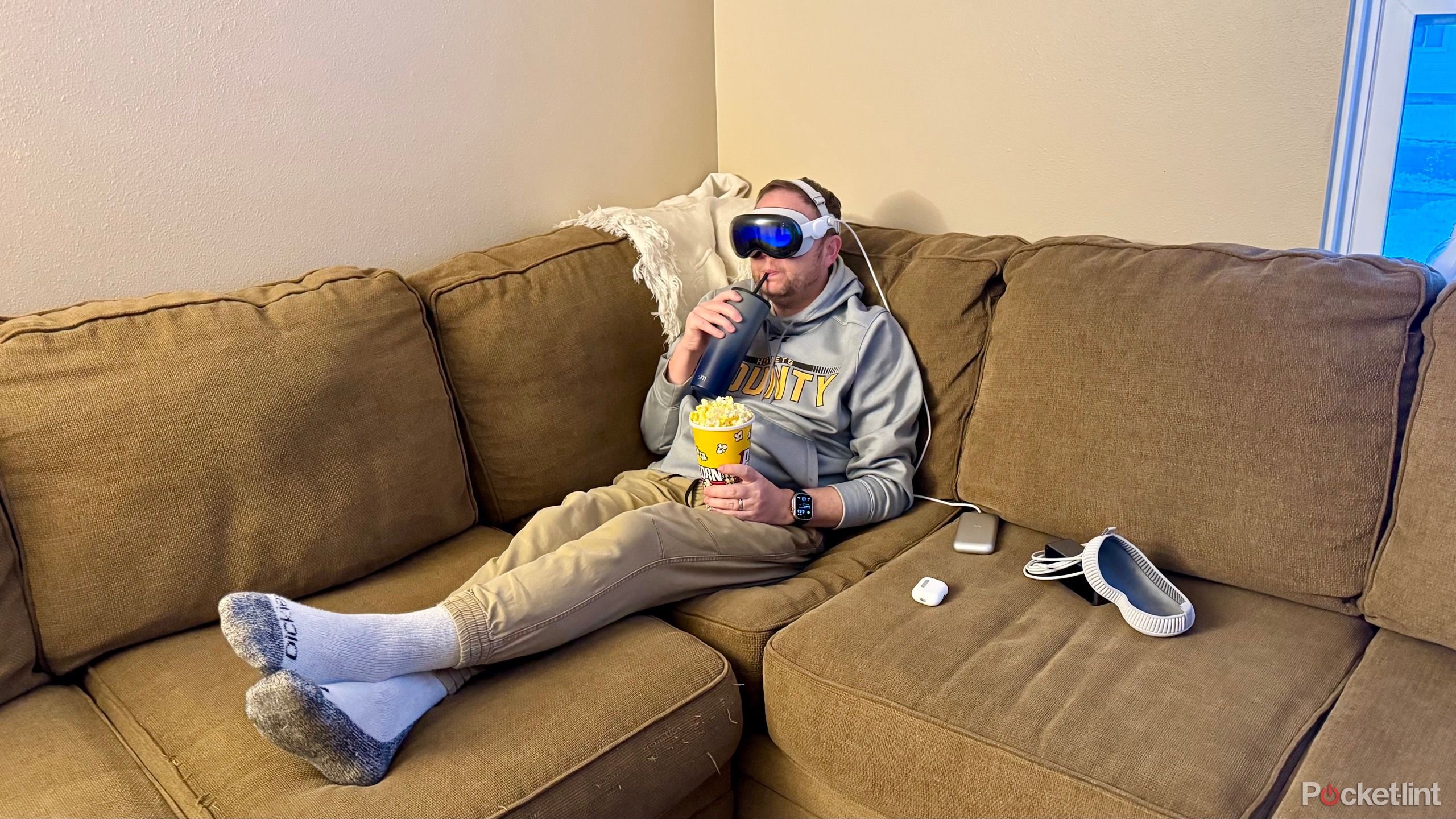
I watched Taylor Swift’s Eras Tour on Disney+ with my Apple Vision Pro. Here’s how it went
Taylor Swift’s The Eras Tour (Taylor’s Version) is now on Disney+, and watching it with the Apple Vision Pro was eye-opening in more ways than one.
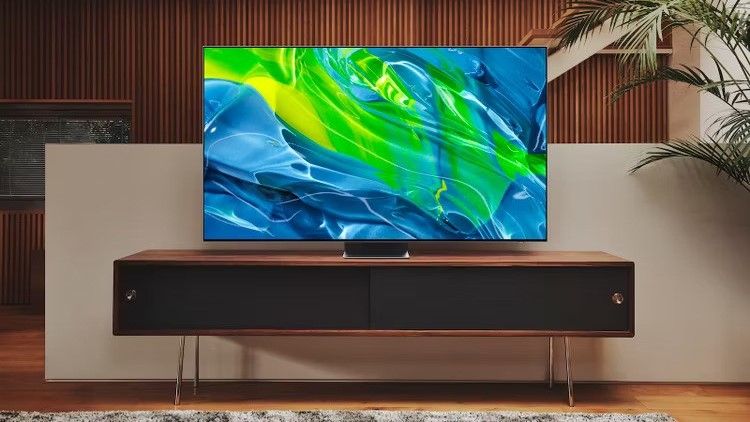 QD-OLED TV Advantages
QD-OLED TV Advantages
The highest quality for the highest price
In traditional OLED TVs, there is a filter used to change the white light emitted from each pixel into the red, green, and blue subpixels. In QD-OLEDs, the light from the OLED material is blue, and each pixel is divided into three — a blue subpixel that just contains the original OLED material, then red and green subpixels created by red and green quantum dots. Need white light? Combine all three and you’ve got it.
QD-OLED claims to be brighter than traditional OLED while also offering the very best color volume.
With no filter required, QD-OLED claims to be brighter than traditional OLED while also offering the very best color volume. The only downsides are that it’s more expensive than traditional OLED and image retention remains a possibility.
Hisense
Mini LED TVs: What to know
Great brightness, better black levels, and more affordable
Mini LED is a reasonably recent technology for TVs. It is also the only one here that refers to the backlight rather than the screen technology itself.
A Mini LED backlight is similar to other LED technologies that sit directly behind an LCD substrate and, much like those, it shines light through non-self-illuminating pixels to give you an image on screen. However, unlike other LED backlights — even local dimming ones — it’s made up of many thousands of tiny LEDs that can be switched on or off in multiple, much smaller zones.
For example, LG’s current range of Mini LED TVs use 30,000 LEDs in the backlight, which sits directly behind the LCD panel. These are grouped in around 2,500 zones, which can be accurately turned on/off, dimmed, or made brighter as needed.
Samsung
Mini LED TV Advantages
Best for your budget
One of Mini LED technology’s greatest benefits is its precision, which provides better black levels along with improved color saturation and accuracy. Plus, Mini LED promotes less light bleed, as the LED zones are much smaller than usual.
Doesn’t directly compare with OLED or MicroLED technologies, which are more precise with each pixel being self-illuminated, but you get a much better picture than you would usually see from traditional LEDs.
The end result doesn’t directly compare with OLED or MicroLED technologies, which are more precise with each pixel being self-illuminated, but you get a much better picture than you would usually see from traditional LEDs.
Another benefit to Mini LED TVs is that they are the cheapest to manufacture, and their retail price usually reflects that as well.
Samsung
MicroLED TVs: What to know
Great brightness, excellent black levels, and a modular design
Like OLED, MicroLED technology uses self-illuminating pixels with multicolored miniature LEDs combined to present a very accurate picture without the need for a backlight.
This presents similar performance to OLED, especially when it comes to black levels, as each pixel can be turned on or off at will. However, as the pixels are made up of non-organic material, they can technically also shine brighter without concerns for lifespan, therefore potentially giving MicroLED TVs much higher contrast and brightness.
That means HDR control is more pronounced on a MicroLED panel, with more extreme black levels and brightness than other technologies can achieve.
Samsung
MicroLED TV Advantages
TV technology of the future
MicroLED tech is much more flexible, as evidenced by Samsung’s The Wall, which is modular and built using different chunks of screens pieced together to make a much bigger display.
The smallest MicroLED TV released so far is 77 inches, while the original Wall TV was 4K and 146 inches.
There are a couple of caveats with MicroLED, however. First, as it is made up of groups of pixels that measure a millimeter (a module), it is only usable in larger screen sizes, or you will lose resolution. The smallest MicroLED TV released so far is 77 inches, while the original Wall TV was 4K and 146 inches.
Other manufacturers are developing micrometer modules though, so that could be an issue solved sometime in the future.
The other downside to MicroLED is that it is currently extremely expensive. For example, Samsung’s cheapest MicroLED TV will cost $80,000. It means it’s really not a consumer option right now, but one day…
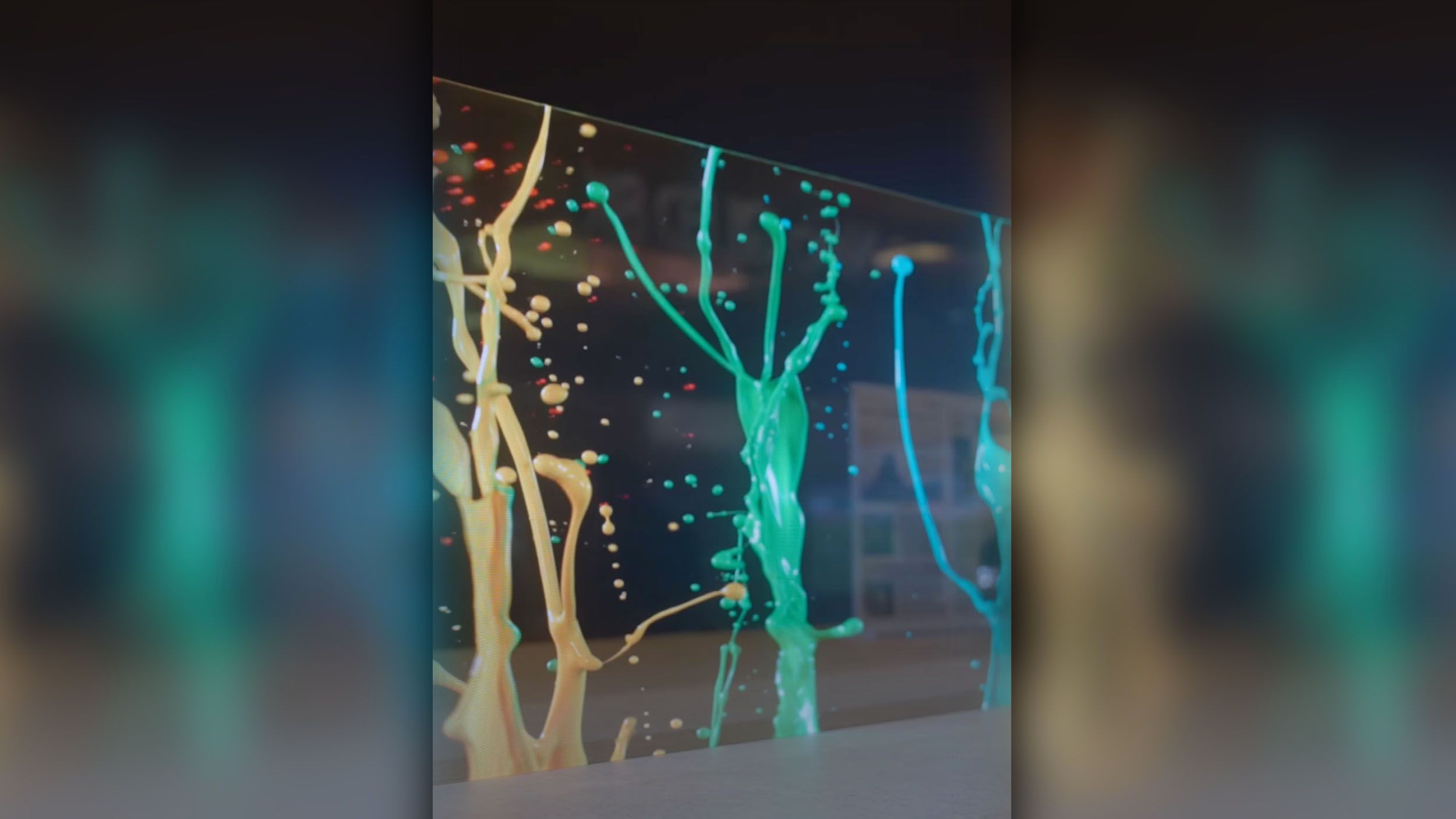
Samsung debuts transparent MicroLED screen at CES, and it looks just like glass
Samsung’s CES 2024 is off to a bang, with a stunning transparent display that’s the result of six years worth of research and development.
Trending Products

Cooler Master MasterBox Q300L Micro-ATX Tower with Magnetic Design Dust Filter, Transparent Acrylic Side Panel…

ASUS TUF Gaming GT301 ZAKU II Edition ATX mid-Tower Compact case with Tempered Glass Side Panel, Honeycomb Front Panel…

ASUS TUF Gaming GT501 Mid-Tower Computer Case for up to EATX Motherboards with USB 3.0 Front Panel Cases GT501/GRY/WITH…

be quiet! Pure Base 500DX Black, Mid Tower ATX case, ARGB, 3 pre-installed Pure Wings 2, BGW37, tempered glass window

ASUS ROG Strix Helios GX601 White Edition RGB Mid-Tower Computer Case for ATX/EATX Motherboards with tempered glass…


